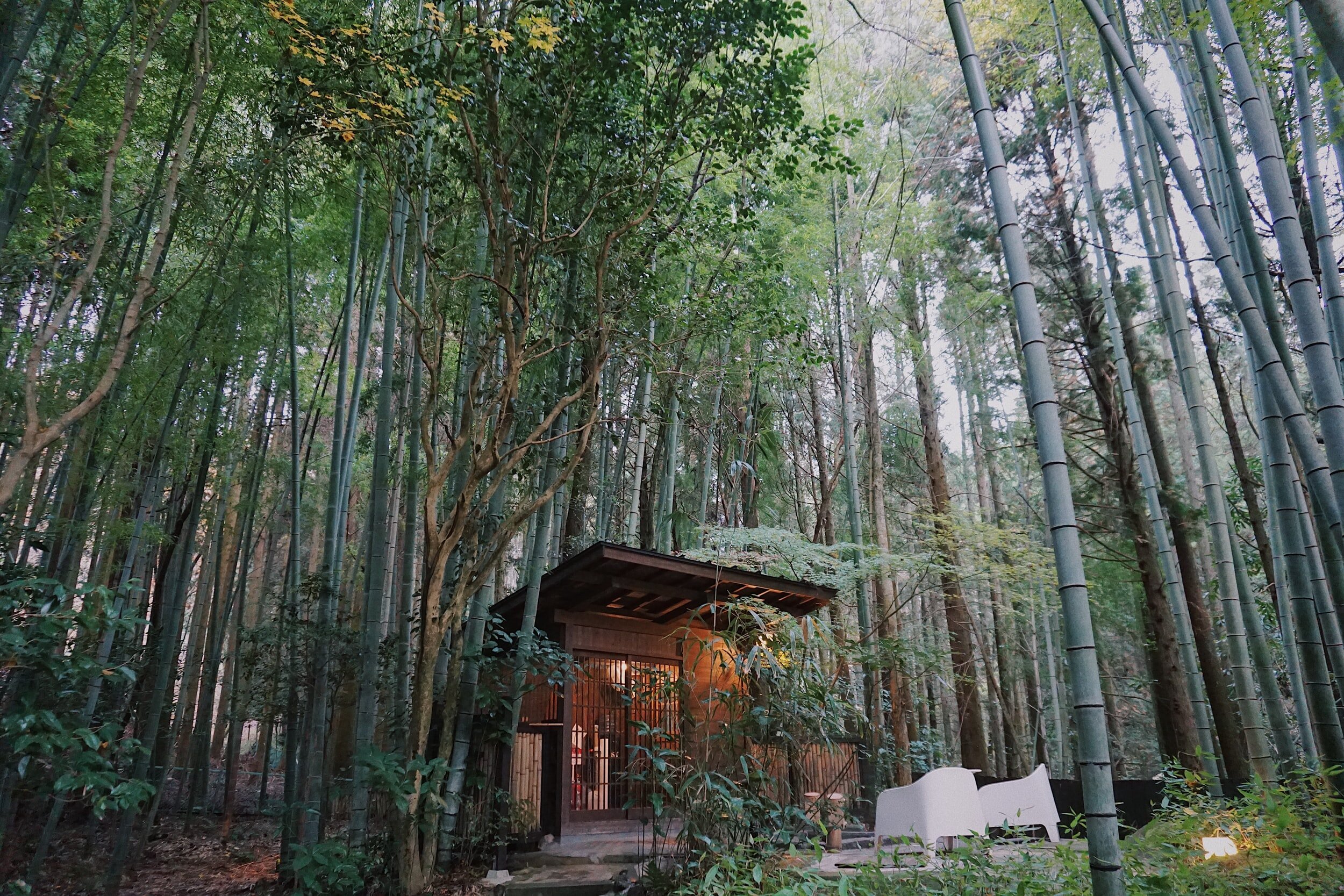
Benefits of Bamboo
10 Reasons Why Bamboo is the World's Most Amazing Plant
Can bamboo help save the planet? Yes, we believe it can!
Of course, it would be naive to think that bamboo is the solution to all our global problems, but in terms of rehabilitation of degraded land, reforestation, carbon sequestration, and poverty alleviation, bamboo can certainly be part of the solution as it provides countless benefits that can play a very important role in at least 7 of the UN Sustainable Development Goals.
Read about the benefits of bamboo below, and discover why bamboo is such an amazing plant!
They say that bamboo produces 35% more oxygen than an equivalent stand of trees. But is this really true, and which species were used to come to that conclusion?
Bamboo plants absorbs enormous amounts of greenhouse gases, and because of its rapid growth, bamboo is very useful as a tool for carbon sequestration.
Bamboo acts as a reservoir by collecting and storing large amounts of water in its rhizomes and stems during rainy season, and returning water to the soil, rivers and streams during droughts.
Bamboo is a great tool for soil protection due to its rapid growth, permanent canopy and huge network of roots and rhizomes.
Bamboo is an important part of a biodiverse ecosystem. Many animals rely on bamboo for food and shelter.
Bamboo is a sustainable energy source that produces 1 kWh of electricity from 1,2 kg of bamboo. This is similar to the biomass requirements for wood products, but outperforms other types of biomass sources.
Bamboo can replace wood in almost any application. Today, there are thousands of bamboo products that completely replace wood, ranging from paper and pulp products, flooring, musical instruments, furniture, construction materials, and so on.
The bamboo sector plays an important role in the livelihoods of local farmers. Developing a stable bamboo industry is a great way to help reduce poverty, increase economic opportunities for men and women, and to fight global unemployment.

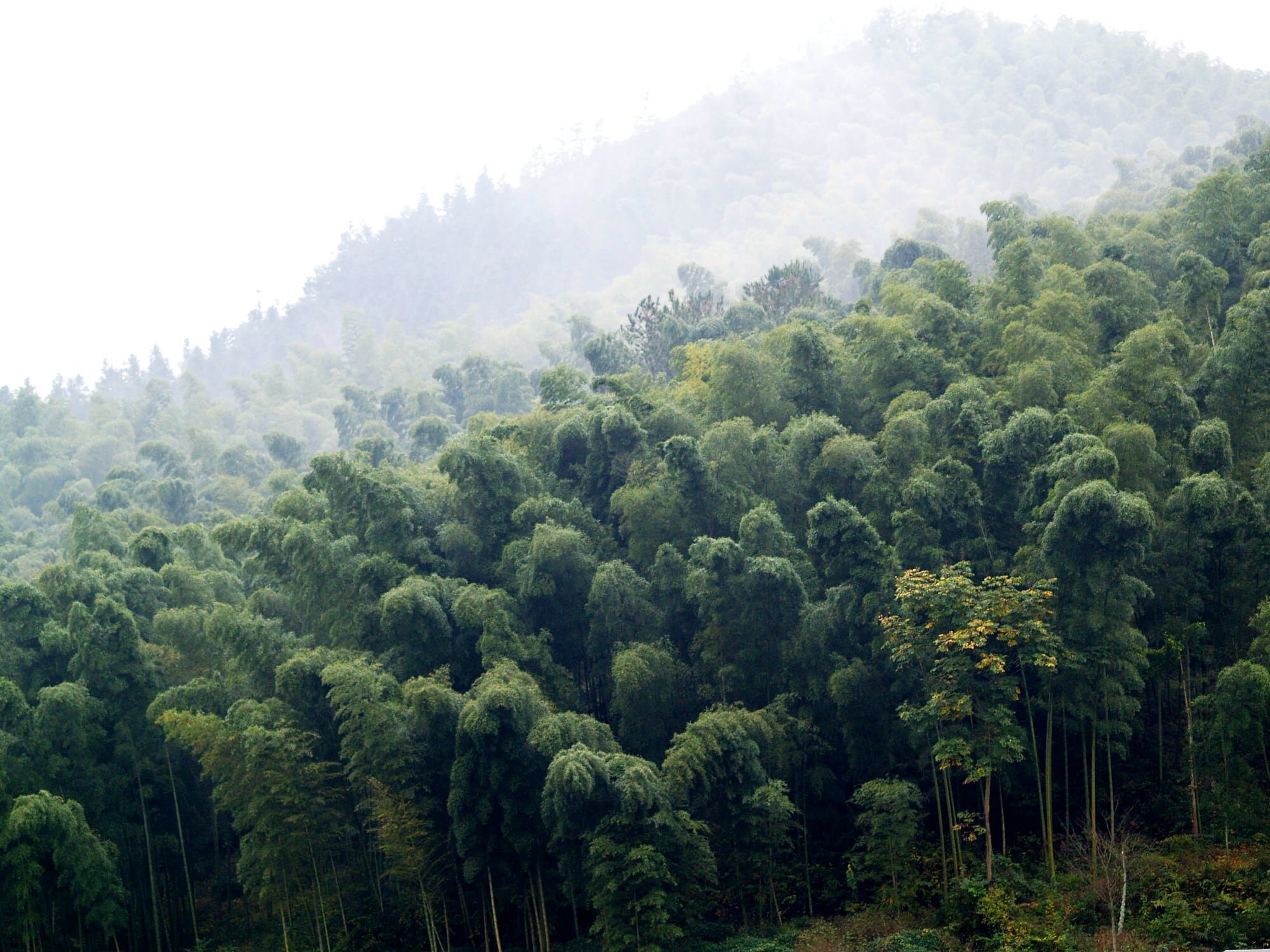

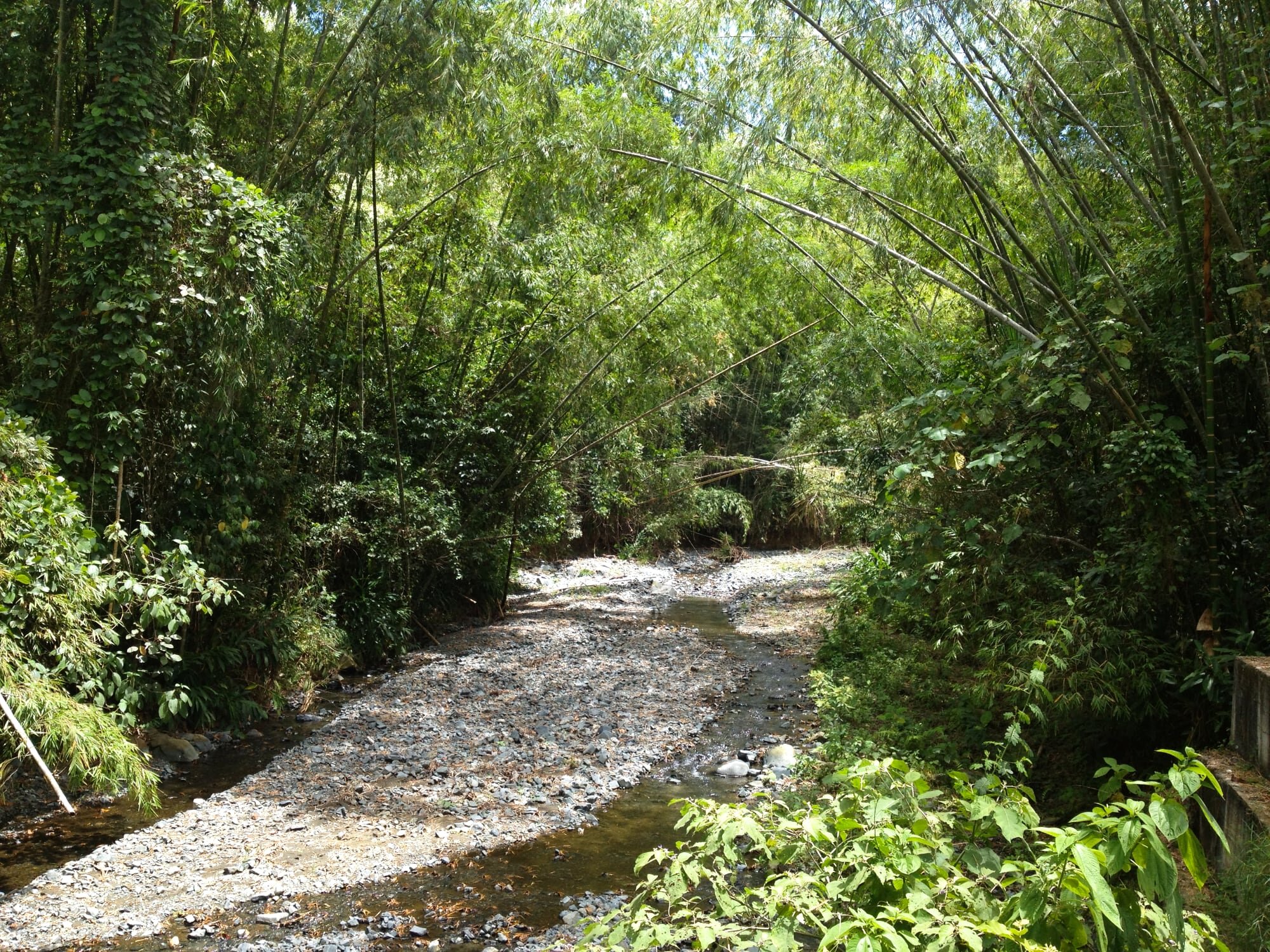
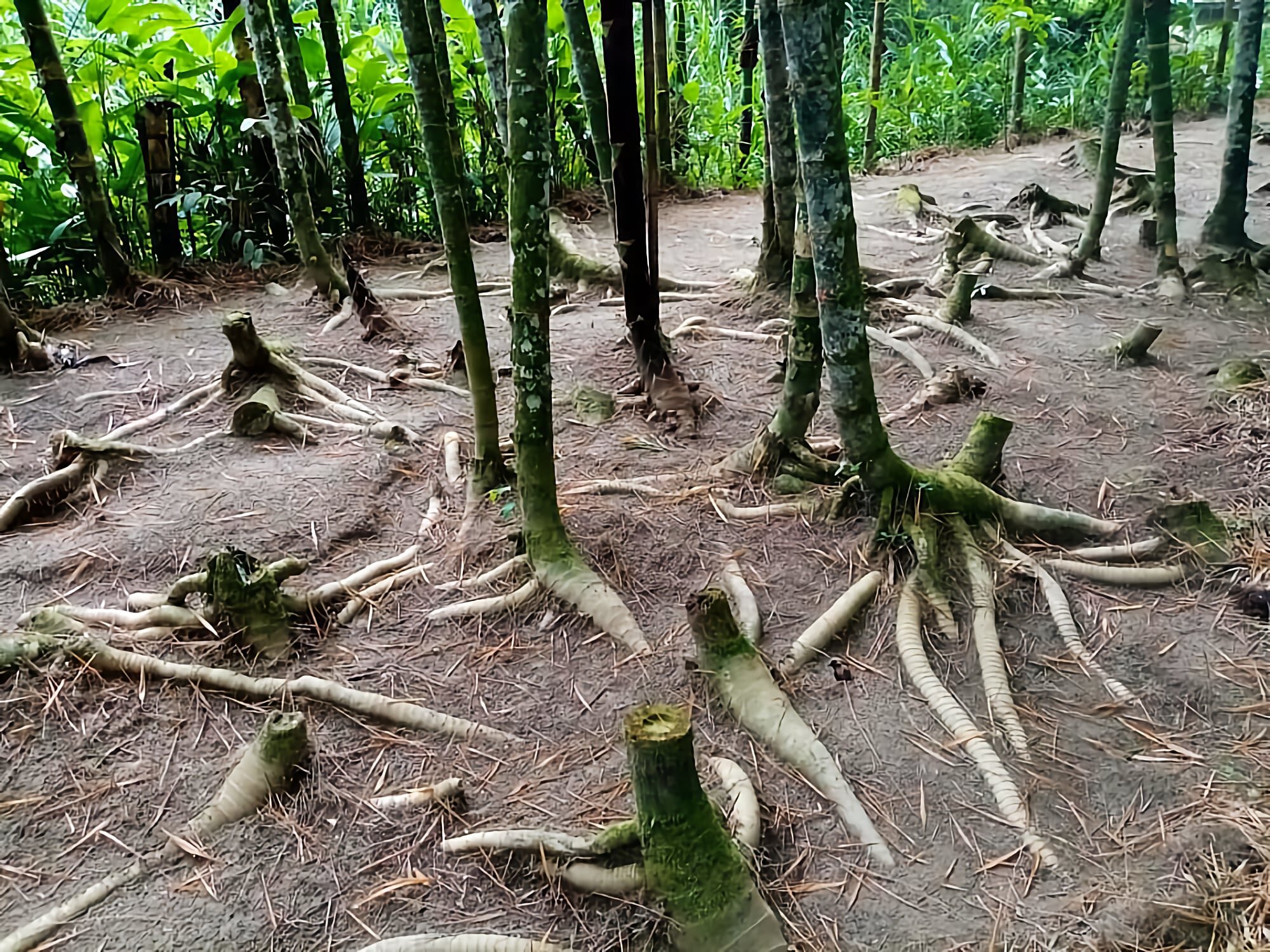


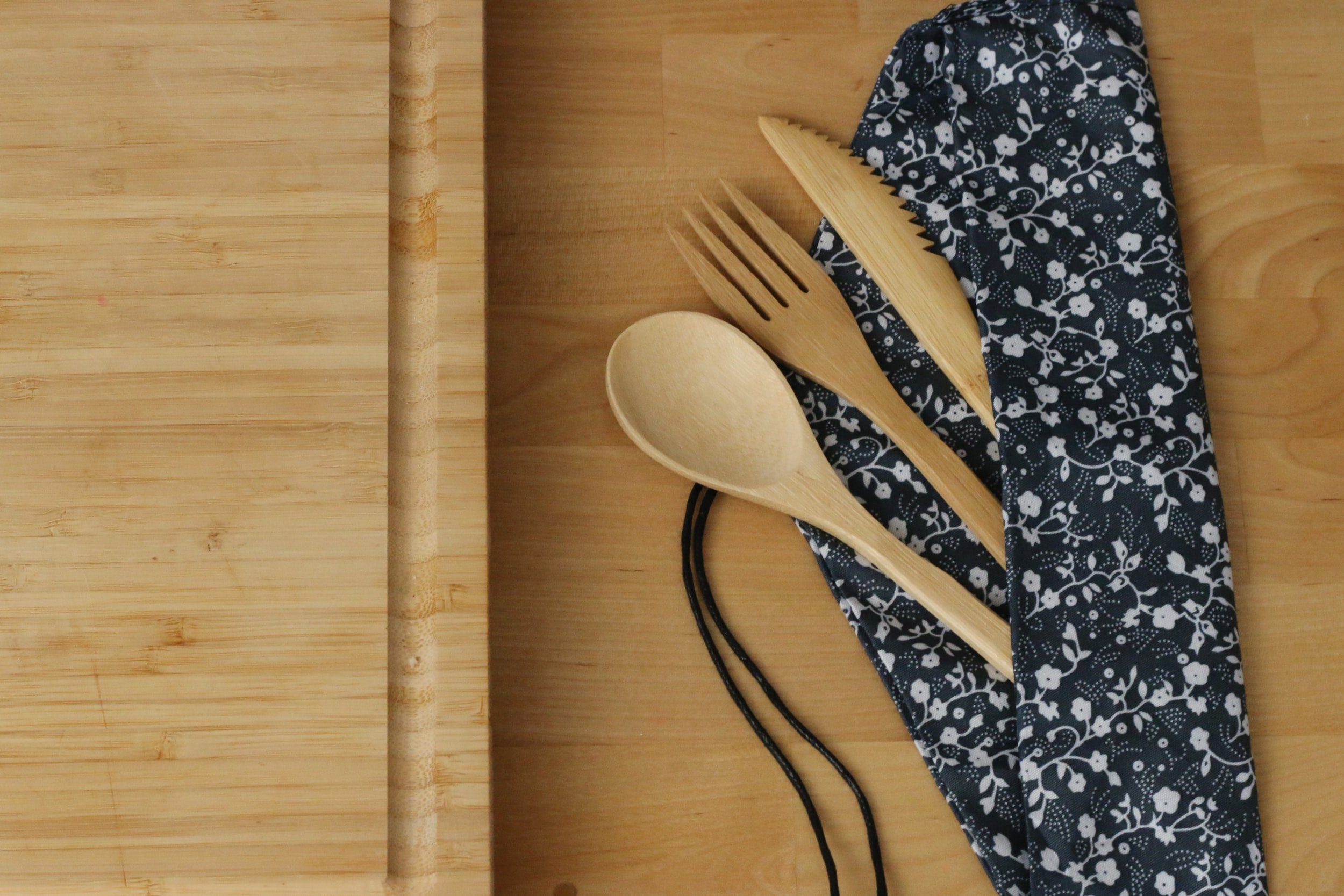
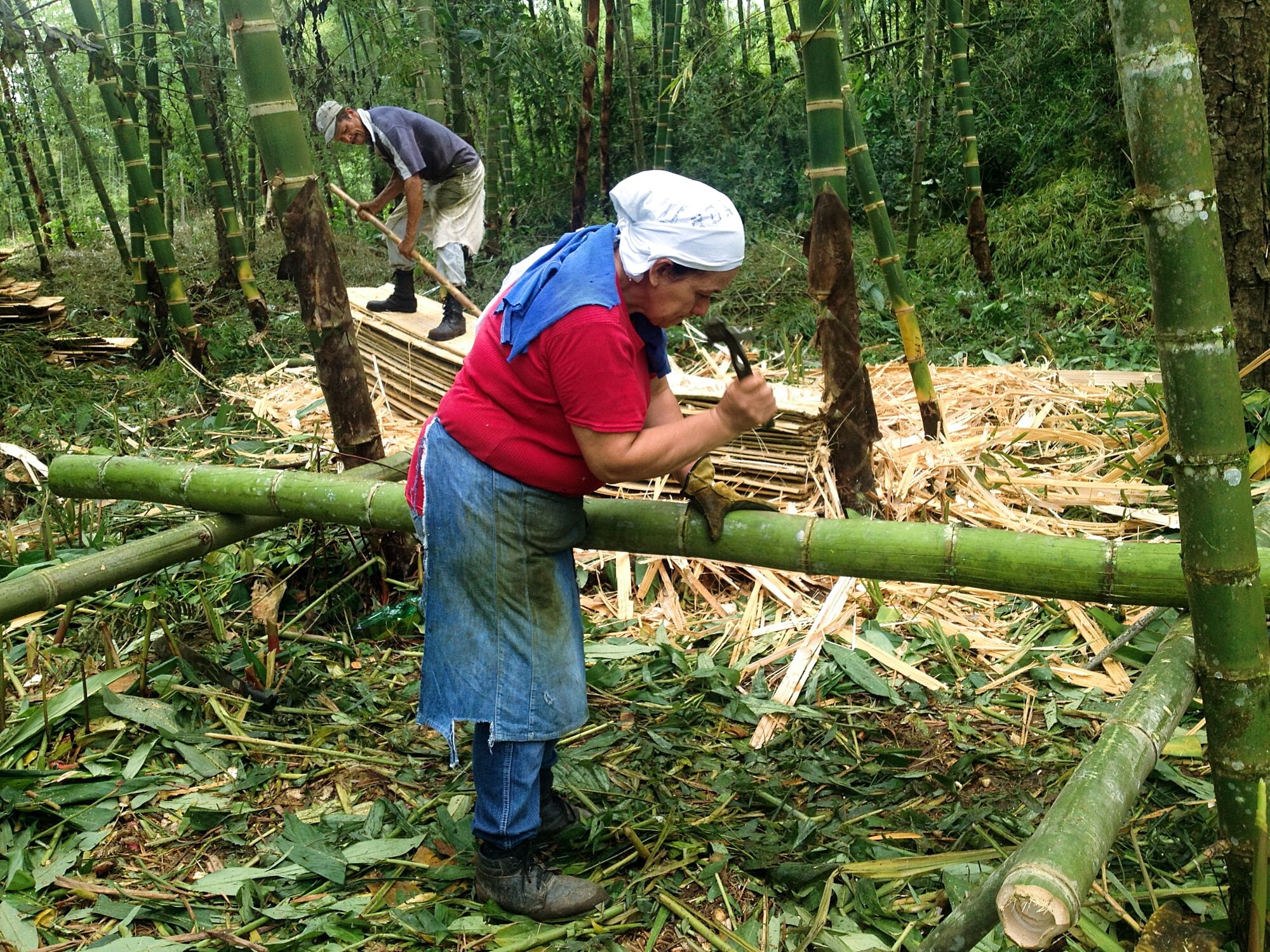
Bamboo is a sustainable and renewable resource as it continuously spreads vegetatively. A bamboo forest will therefore develop much faster than tree forests.